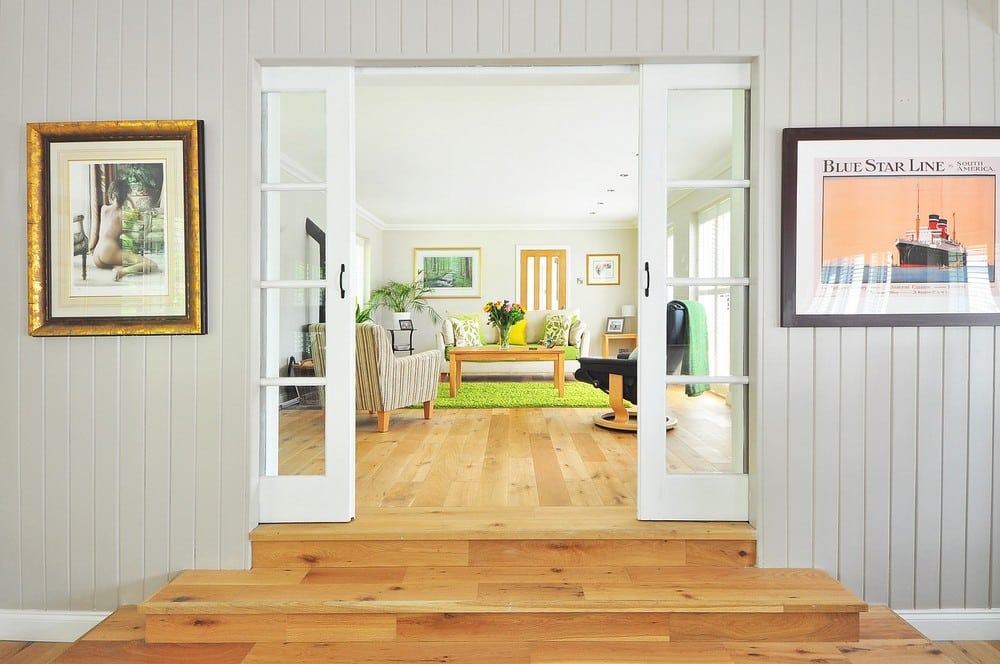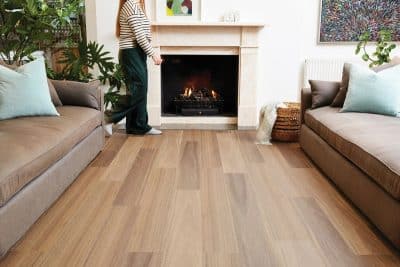
Every home tells a story through its imperfections, but sometimes those stories are better left untold. Whether you’re dealing with settlement cracks, pest damage, or general wear and tear, there are countless creative ways to mask these common issues while maintaining or even enhancing your home’s aesthetic appeal. Let’s explore how to transform these challenges into design opportunities.
Understanding What Lies Beneath
Before diving into concealment strategies, it’s crucial to understand what you’re dealing with. Structural issues like wall cracks often indicate foundation settlement or moisture problems. You might notice small holes in wooden structures – finding single termite holes could signal a larger infestation requiring professional attention. Water damage typically leaves telltale stains and warping, while general wear and tear accumulates over time in the form of scuffs, dents, and uneven surfaces.
The Art of Knowing When to Hide vs. When to Heal
Not every imperfection should be concealed. Some issues demand immediate repair for safety reasons or to prevent further damage. Structural problems, active pest infestations, and water leaks must be addressed before any cosmetic solutions are considered. However, once these underlying issues are resolved, you can focus on aesthetic improvements.
Consider both time and budget when deciding between repair and concealment. Some repairs might be cost-prohibitive or unnecessarily disruptive, especially if the damage is purely cosmetic. In these cases, clever concealment can provide an equally satisfying solution at a fraction of the cost.
Creative Wall Solutions That Work
Walls often bear the most visible signs of home imperfections, but they also offer the most creative opportunities for concealment. Textured wallpapers can hide uneven surfaces and minor damage while adding visual interest to your space. Modern vinyl wallpapers offer sophisticated patterns that can transform a problematic wall into a striking feature.
Paint techniques provide another versatile solution. Faux finishes can disguise surface irregularities while adding depth and character. Consider techniques like color washing, venetian plaster, or limewash for an elegant solution that masks imperfections naturally. Strategic color choices can also play a role – darker colors tend to hide imperfections better than lighter shades.
Floor-Level Strategies
Flooring imperfections require a different approach. Area rugs serve as your first line of defense, strategically placed to cover damaged areas while adding warmth and style to your space. Consider layering rugs for added visual interest and more comprehensive coverage.
Furniture arrangement can also work in your favor. A thoughtfully placed console table or bookshelf can hide floor damage while contributing to the room’s functionality. When selecting new flooring materials, opt for options with natural variation or patterns that help camouflage imperfections.
Ceiling Solutions
Ceiling damage presents unique challenges, but also opportunities for dramatic design elements. Exposed beams can hide surface irregularities while adding architectural interest. Modern dropped ceiling systems offer creative solutions for concealing overhead damage while incorporating new lighting designs.
Today’s market offers an impressive array of materials designed specifically for concealing home imperfections. Smart wallcoverings with dimensional patterns can smooth over uneven surfaces. Flexible trim materials can adapt to irregular walls, while composite panels offer durable, attractive solutions for more extensive damage.
Sometimes the best solution isn’t hiding the imperfection but drawing attention elsewhere. Statement lighting fixtures, bold artwork, or striking furniture pieces can create focal points that naturally draw the eye away from problem areas. Consider installing a dramatic light fixture or creating a gallery wall to redirect attention from nearby imperfections.
Professional Tips for Flawless Execution
Design professionals recommend taking a holistic approach to concealing home imperfections. Rather than addressing each issue in isolation, consider how different solutions can work together to create a cohesive look. For example, combining textured wallpaper with strategic lighting and thoughtful furniture placement can transform a problematic room into a sophisticated space.
When working with contractors or designers, be upfront about your concerns and budget constraints. They can often suggest creative solutions you might not have considered, drawing from their experience with similar challenges in other homes.
Making Peace with Imperfection
Remember that some of the most charming homes embrace their imperfections rather than hiding them completely. The goal isn’t to create a perfect space but rather to achieve a balanced, comfortable environment that reflects your style while managing noticeable flaws.
The key to successfully hiding home imperfections lies in viewing them as opportunities rather than obstacles. With creative thinking and careful execution, these common problems can become launching points for unique design solutions that enhance your home’s character while maintaining its integrity.
Whether you choose to conceal, repair, or embrace your home’s imperfections, remember that every solution should contribute to the overall comfort and functionality of your space. After all, the most successful design elements are those that not only solve problems but do so while creating beautiful, livable environments.








